After dealing with a sticking/leaking upper chamber gasket last year I decided to change things up before the burn season this year. Mc Master-Carr supplied the materials for the door gasket and access panels for the turbulators. I don't know how EKOs and Tarms are sealed but the material I used for the access panels may work for them also. Even the Seton/Greenwood/Adobe owners with their outer skins/ taking them off/ putting them back on. I had enough with high temp. sealant--fighting to get panels off and prepping the area for new sealant. I have'nt had any access panels back off yet, no problems with leaks-- Installed in October. Upper door works great--no stuck shut door, creosote will wipe off the gasket.
Trial run on the pictures- its been a while posting pics..
Trial run on the pictures- its been a while posting pics..


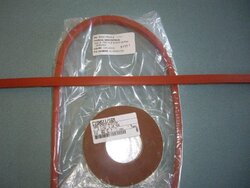
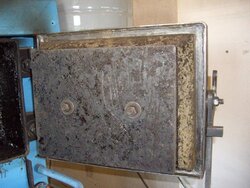
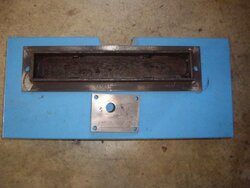
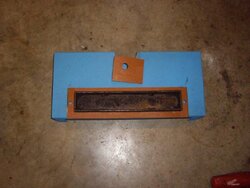
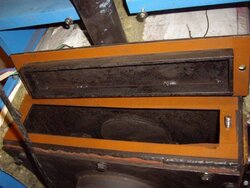
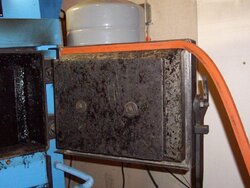
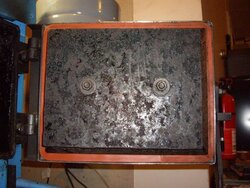
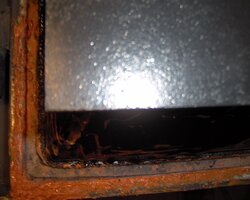
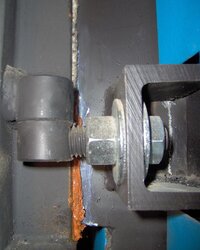
 !! Keep us updated!!
!! Keep us updated!!